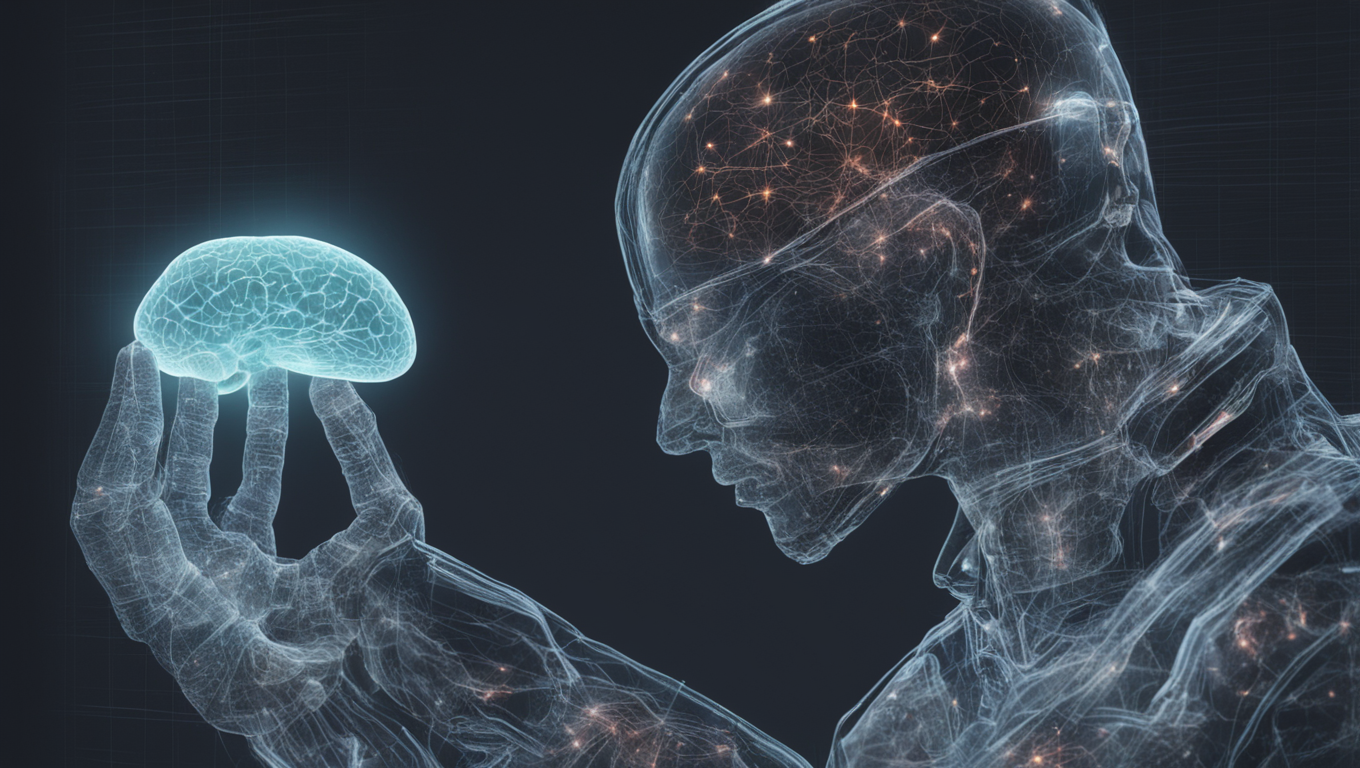Large language models have become a crucial part of our artificial intelligence (AI) landscape. However, despite their incredible capabilities, the inner workings of these models remain shrouded in mystery. Often called a “black box,” AI algorithms operate in ways that are not easily understood by human observers. Anthropic, a leading company in the AI industry, has recently published research aimed at shedding light on the enigmatic behavior of AI models. In a research paper released on Tuesday, Anthropic delves into why their AI chatbot, Claude, chooses to generate content on specific subjects.
AI systems are designed to mimic the structure of the human brain, consisting of layered neural networks that receive and process information, then make decisions or predictions based on that data. To train these systems, large datasets are utilized, allowing the algorithms to establish connections. However, when AI systems produce output based on their training, the algorithms' decision-making process is not always transparent to human observers. This has given rise to the field of AI “interpretation,” where researchers strive to comprehend the machine’s decision-making path to understand its output.
In the pursuit of AI interpretation, Anthropic’s researchers employed a method called “dictionary learning” to decode specific concepts mapped within Claude’s neural network. By using this process, the researchers were able to gain insight into the model’s reasoning behind its responses. Through tracing the activation of certain “neurons” within the neural network, referred to as “features,” researchers can begin to unravel the connections between inputs and outputs.
In an interview with Anthropic’s research team conducted by Wired’s Steven Levy, it became apparent just how fascinating the process of deciphering Claude’s “brain” is. Decrypting one feature led to the discovery of others. One standout feature was linked to the Golden Gate Bridge. The team mapped out the set of neurons that fired together whenever Claude was “thinking” about the iconic structure that bridges San Francisco to Marin County. Interestingly, similar sets of neurons also activated when subjects related to the Golden Gate Bridge surfaced, such as Alcatraz, California Governor Gavin Newsom, and the Hitchcock movie Vertigo, which is set in San Francisco. In total, the team identified millions of features, providing a kind of Rosetta Stone to decode Claude’s neural net.
It’s important to note that, like other for-profit companies, Anthropic may have certain business-related motivations behind writing and publishing their research. Nevertheless, their research paper is publicly available, allowing interested individuals to interpret the findings and methodologies for themselves.
This research from Anthropic represents a step toward unraveling the mysterious behavior of AI models. By understanding the patterns within the neural networks, we gain valuable insights into the decision-making processes of these algorithms. As AI continues to evolve and integrate further into our lives, efforts like this will bring us closer to demystifying the workings of these complex systems.





Use the share button below if you liked it.